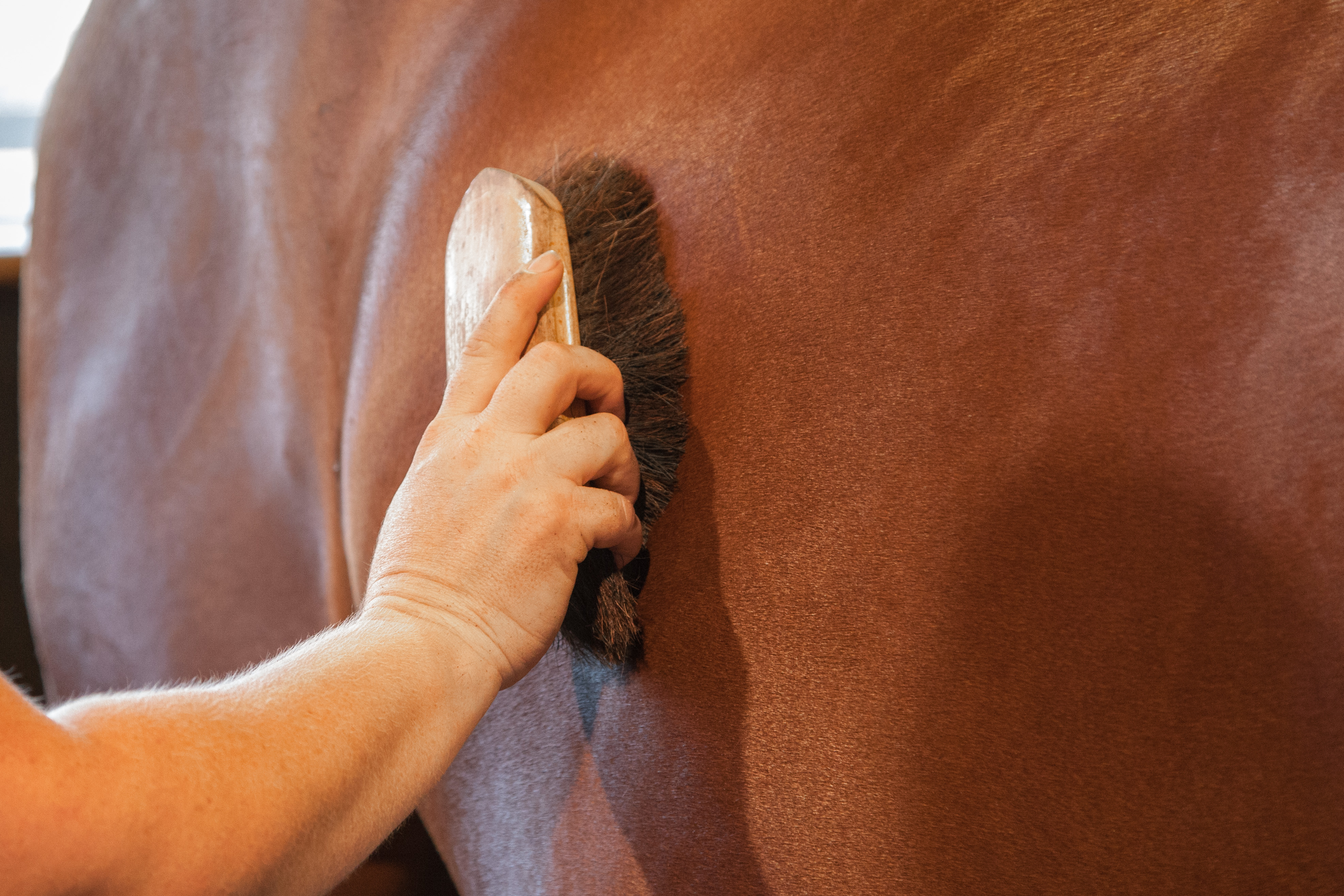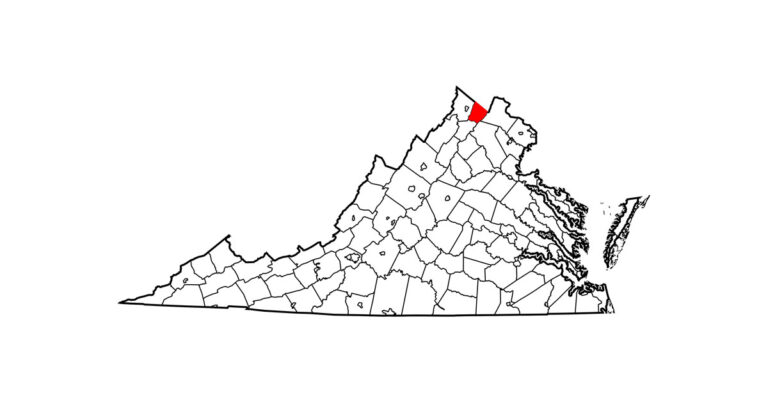
Question: On the weekdays, I don’t have a lot of time to groom my horse before and after I ride. I try to make up for that with more thorough grooming sessions on the weekends. When my time is really tight, is it more important for me to groom my horse before or after the ride? Which body parts are a must-groom and which can I skip?
Answer: Obviously, if you’re riding in a lesson, clinic or show, cutting corners isn’t acceptable. But if you board at a low-key facility or keep your horse at home where nobody will be offended by your less-than-pristine turnout, it’s fine to streamline your pre-ride grooming session down to just a few minutes.
Regardless of how much time you have, there are a few things you must never skip. The first is a thorough visual examination: an all-body scan for nicks, cuts, lost/loosened shoes or anything else unusual. Take a minute or two to do this as you’re haltering your horse to bring him in from the pasture or out of his stall.
After you tie or cross-tie him, always pick his feet, being sure to remove any rocks and double-checking the status of his shoes. Take advantage of this moment to inspect his legs more closely. Before lifting each leg, slide your hand down it, feeling for bumps, cuts, heat or swelling.
Perform this inspection every time you ride. The earlier you catch injuries and other issues, no matter how minor they are, the better chance you have at resolving them quickly and preventing them from developing into major problems later on.
Your next task is to groom any areas on the body that will come into contact with the tack—saddle and saddle pad, bridle, martingale, etc.—and boots or bandages. Any dirt caught underneath tack or boots/bandages can irritate the skin and cause sores. So pay special attention to the poll where the crownpiece rests, the face area where the noseband sits, the sides of the neck the reins touch, the withers where the martingale goes, the girth area—especially right behind the elbows—and the lower legs where the boots or bandages go. When you groom the saddle area, keep in mind that the saddle and pad might slip a few inches in either direction during the ride, so groom those extra regions, too.
To get those areas clean in a hurry, follow these three steps:
1. Loosen dirt, dried-on mud and dead hair with the curry of your—and your horse’s—choice. Every horse’s preference is different. More sensitive horses prefer softer curries; others like firmer ones. My favorite is the HandsOn Glove, which has a variety of different scrubbing nodules on the fingers and palms. It’s really good for getting into skin folds—like in the elbow area and other tricky spots such as the hollows over the eye sockets. You can apply as much pressure as your horse likes. Plus, the gloves come in pairs, so you can curry with both hands at the same time!
2. Remove all the loosened dirt and hair with a dandy, or “flick,” brush. Find one with relatively long bristles that’s soft enough to use on the face.
3. Finally, dampen a cloth with witch hazel and wipe all of these areas clean. This will remove the last bits of dirt and dust.
With a little practice, you can complete this process in just three minutes. If you have another minute, finger-comb the mane and tail and pick out any shavings or debris. Spray the tail with a detangler, but save brushing it until after your ride. That will give the detangler time to dry so there’s less risk of pulling out tail hairs.
On hot days, if you plan to hose off your horse after exercise and won’t have time to wait until he’s dry to groom him, concentrate any extra minutes you have on your pre-ride grooming. Otherwise, I’d prioritize the post-ride grooming over the pre-ride. Exercise stimulates blood circulation and opens the pores in your horse’s skin, making your grooming more effective. Especially in the winter, sweat tends to dry out clipped coats. A good post-ride curry will help to bring out the natural oils and combat that dryness.
I can’t overemphasize the benefits of currying with lots of elbow grease. It promotes skin health—and many horses enjoy the massage. If you use enough pressure and keep an eye on your horse’s reactions, it’s also an excellent way to identify sore spots that you might not have noticed otherwise.
During your post-ride grooming session, don’t forget the most commonly missed places that tend to accumulate sweat and dirt: behind the elbows, between the back legs and on the backs of the pasterns. Neglecting these areas can lead to dryness, irritation or even, in the case of the pasterns during mud season, infections like scratches.
Another pet peeve of mine is leaving a sweat mark on the saddle area. If you don’t have time to wait for the hair to dry before grooming it smooth, rub it with a towel dampened with a little bit of witch hazel or rubbing alcohol. (If your horse has sensitive skin, choose the witch hazel over the alcohol.) That will help the sweat evaporate quickly so you can groom the area effectively.
These shortcuts will help you keep your horse healthy without sacrificing riding time. We all have busy lives. When you’re pushed for time, if you have to choose between riding or grooming, I fully support your choice to ride!
Emma Ford grew up in North Devon, England, riding in the Pony Club and in the hunt field with her father, who was a Master of Foxhounds. She jumped in Great Britain’s famous Horse of the Year Show in 1991 before graduating from the University of Wales and moving to the United States to groom professionally for four-star eventer Adrienne Iorio for seven years. In 2005, Emma accepted a new position managing Olympian Phillip Dutton’s True Prospect Farm in West Grove, Pennsylvania. Since then, she has groomed at multiple Olympics, World Equestrian Games and Pan American Games. She was named the U.S. Eventing Association’s Professional Groom of the Year in 2007 and was awarded the Professional Riders Organization Liz Cochran Memorial Groom’s Award in 2012. Emma and Cat Hill co-authored the book World-Class Grooming for Horses—available at www.EquineNetworkStore.com—and teach in-depth grooming and horse-care clinics around the country. For more information, go to www.worldclassgrooming.com.
This article was originally published in the January 2018 issue of Practical Horseman.










